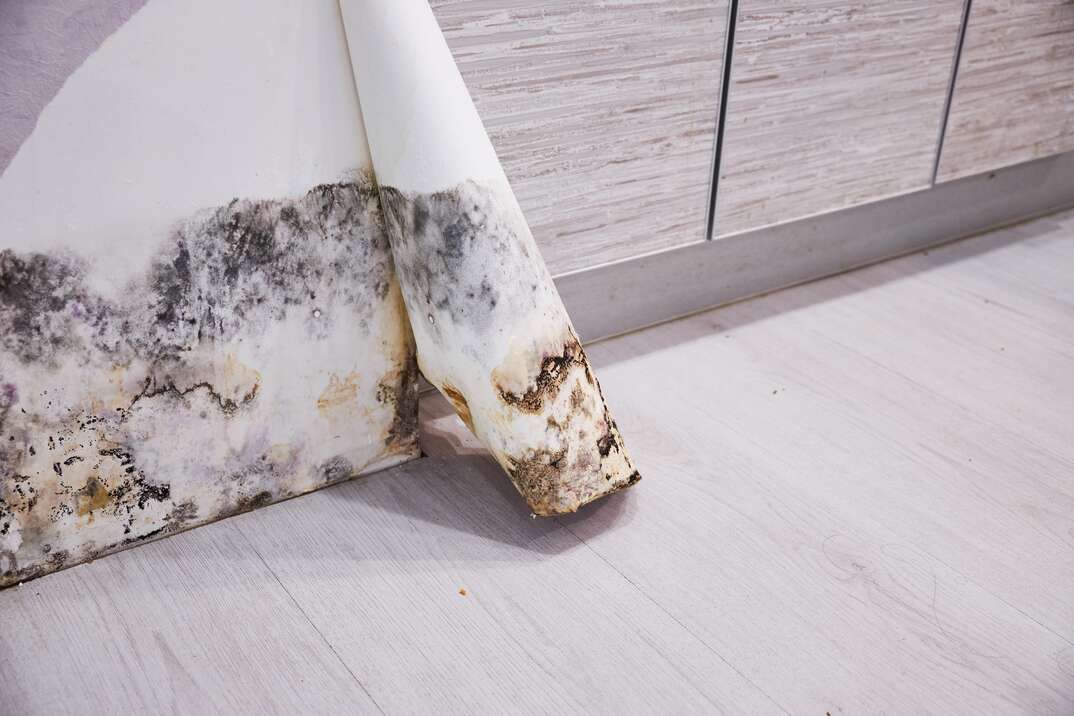Reliable Post Mold Remediation Cleaning Protocols
Reliable Post Mold Remediation Cleaning Protocols
Blog Article
Your Ultimate Overview to Article Mold Remediation Techniques
In the aftermath of mold and mildew invasion, recognizing how to properly eliminate the mold and avoid its reoccurrence is extremely important for preserving a healthy and balanced indoor atmosphere. From picking the right cleansing and disinfecting techniques to implementing techniques for lasting mold prevention, each step in the removal trip plays a critical function in making certain a successful outcome.
Comprehending Post-Mold Remediation Process
After completing the mold remediation process, it is important to recognize the post-mold remediation methods that are needed to make sure a efficient and complete clean-up. When the mold has actually been eliminated, the next step entails cleansing and decontaminating the influenced areas to stop any regrowth of mold. This consists of utilizing specialized cleaning up representatives to clean down surface areas and kill any remaining mold spores. It is necessary to dry out the area entirely to dissuade the growth of mold in the future (Post Mold Remediation). Correct ventilation and dehumidification can assist in this process.
Additionally, carrying out a final evaluation post-remediation is essential to guarantee that all mold has been efficiently eliminated. This examination ought to include a comprehensive aesthetic check along with possibly air sampling to validate the absence of mold spores airborne. Extra removal might be required if the inspection reveals any type of sticking around mold and mildew. Informing residents on preventative actions such as regulating moisture degrees and promptly dealing with any kind of water leakages can help keep a mold-free setting.
Efficient Cleansing and Sanitizing Techniques

Protecting Against Future Mold And Mildew Development

Relevance of Correct Air Flow
Proper air flow plays an essential function in stopping moisture build-up, an essential factor in mold and mildew growth within interior atmospheres. Efficient air flow systems help get rid of excess humidity from the air, lowering the possibilities of mold and mildew spores discovering the moisture they require to germinate and spread out. Without ample air flow, indoor areas can become a breeding place for mold and mildew, causing potential health and wellness risks and structural damages.
By guaranteeing proper air circulation, ventilation systems can also assist in drying out damp locations more promptly after water damages or flooding events, additionally discouraging mold growth. Post Mold Remediation Report. Precede like bathrooms, attic rooms, cellars, and kitchens where dampness degrees tend to be greater, setting up and keeping reliable air flow systems is crucial in protecting against mold and mildew problems

Surveillance and Upkeep Tips
Provided the crucial role that proper air flow plays in avoiding mold growth, it is necessary to develop efficient surveillance and upkeep pointers to ensure the ongoing functionality of air flow systems. Regular assessments of ventilation systems need to be carried out to look for any type of indications of obstructions, leakages, or malfunctions that can hinder correct air movement. Tracking moisture levels within the property is likewise crucial, as high moisture can contribute to mold and mildew development. Setting up a hygrometer can aid track moisture degrees and alert house owners to any kind of spikes that may need interest. Additionally, guaranteeing that air filters are regularly cleaned up or changed is vital for maintaining the effectiveness of the air flow system. Implementing a schedule for routine upkeep tasks, such as air duct cleansing and HVAC system evaluations, can assist stop issues before they intensify. By remaining alert and positive to the problem of air flow systems, homeowner can efficiently minimize the threat of mold and mildew regrowth and maintain a healthy indoor environment.
Conclusion
To conclude, post-mold remediation techniques are essential for making certain a risk-free and clean environment. Recognizing the procedure, implementing reliable cleansing and decontaminating techniques, avoiding future mold development, preserving correct ventilation, and regular surveillance are all important action in the removal process. By adhering to these guidelines, you can successfully get rid of mold and mildew and avoid its return, promoting a healthy and balanced living or working room for all residents.
In the aftermath of mold problem, recognizing exactly how to effectively remove the mold and stop its reoccurrence is critical for keeping a healthy and balanced interior atmosphere. As soon as the mold has been eliminated, the like it next step entails cleaning and sanitizing the influenced locations to prevent any type of regrowth of mold and mildew - Post Mold remediation cleaning. After getting rid of visible mold and mildew growth, it is important to cleanse all surface areas in the affected area to eliminate any kind of staying mold and mildew spores. To even more improve mold and mildew avoidance measures, it is vital to resolve underlying problems that at first led to mold and mildew growth.Offered the critical duty that proper air flow plays in protecting against mold and mildew development, it is vital to develop reliable monitoring and maintenance suggestions to guarantee the ongoing functionality of air flow systems
Report this page